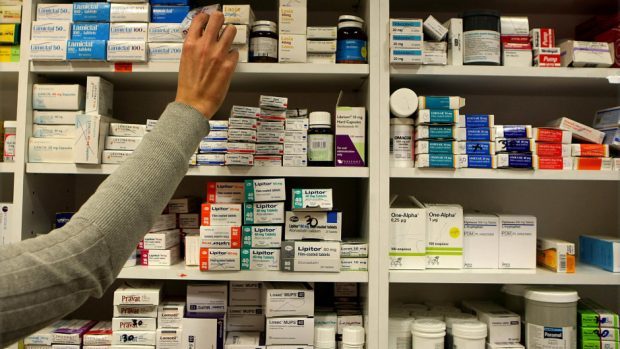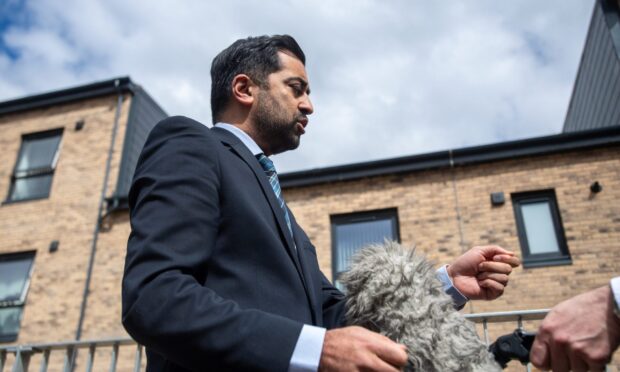The number of youngsters taking antidepressants in the north and north-east has soared by more than two-thirds in the last six years.
Shock new figures show that almost 1,700 more under-21 year-olds are taking mood altering drugs in the region than in 2009.
The “alarming” and “deeply concerning” statistics also show hundreds of children aged under 14 have been given antidepressants.
The Scottish Conservatives’ mental health spokesman Miles Briggs said the SNP administration was responsible for “parking young people on pills”.
But the Scottish Government said the rise was “as a result of better identification of those requiring treatment”.
Mr Briggs said: “These figures are deeply concerning.
“I am especially alarmed at the rise in the number of children taking antidepressants.
“While we have always said that there is a role for medication in treating mild to moderate depression, we want to see a new focus on the provision of social prescribing and swift access to talking therapies, with antidepressant medication as a last resort.”
In 2009, 1,499 under-21s were using antidepressants in Grampian, compared with 2,784 last year – a rise of 85%.
In the NHS Highland area, 814 were taking the drugs in 2009, compared with 1,227 in 2015 – an increase of 50%.
A Scottish Government spokesman said there was “good evidence” depression was being treated well.
He added: “While we ensure those who need medication continue to receive it, we are also committed to improving access to psychological therapies that increase choice and best accommodate patient preference.
“More people are accessing mental health services than ever before. Compared to the same quarter last year 15% more people were seen for psychological therapies in quarter one of 2016.”
Both NHS Grampian and NHS Highland said people were only given antidepressants when necessary – and pointed out they were increasingly used in treating chronic pain.
Michael Perera, community mental health Services Manager for NHS Highland, added: “There is no shame in depression, and you should not suffer alone.
“Depression is a real illness with real symptoms. Please take the first step, and talk to someone about how you feel.”










